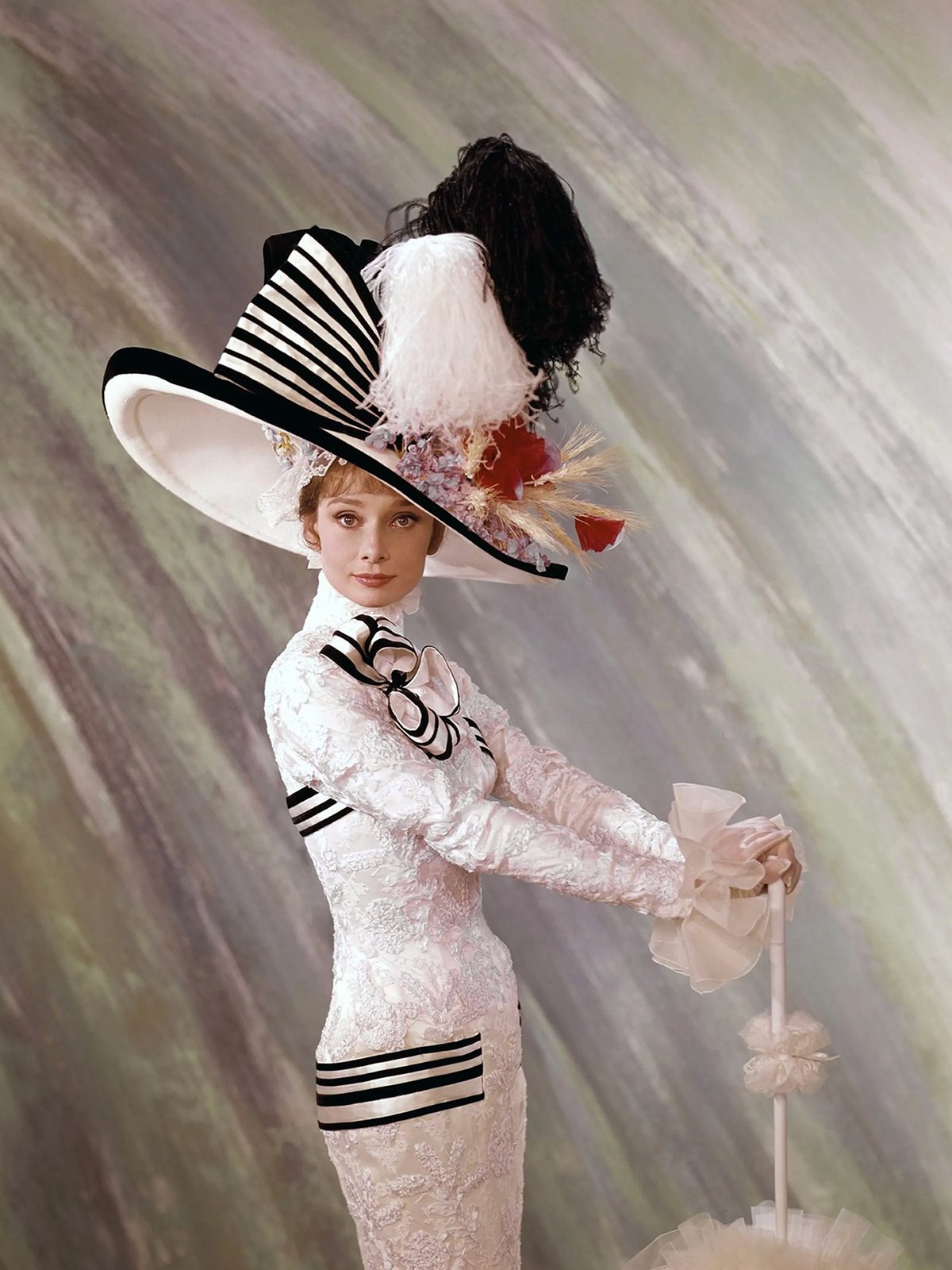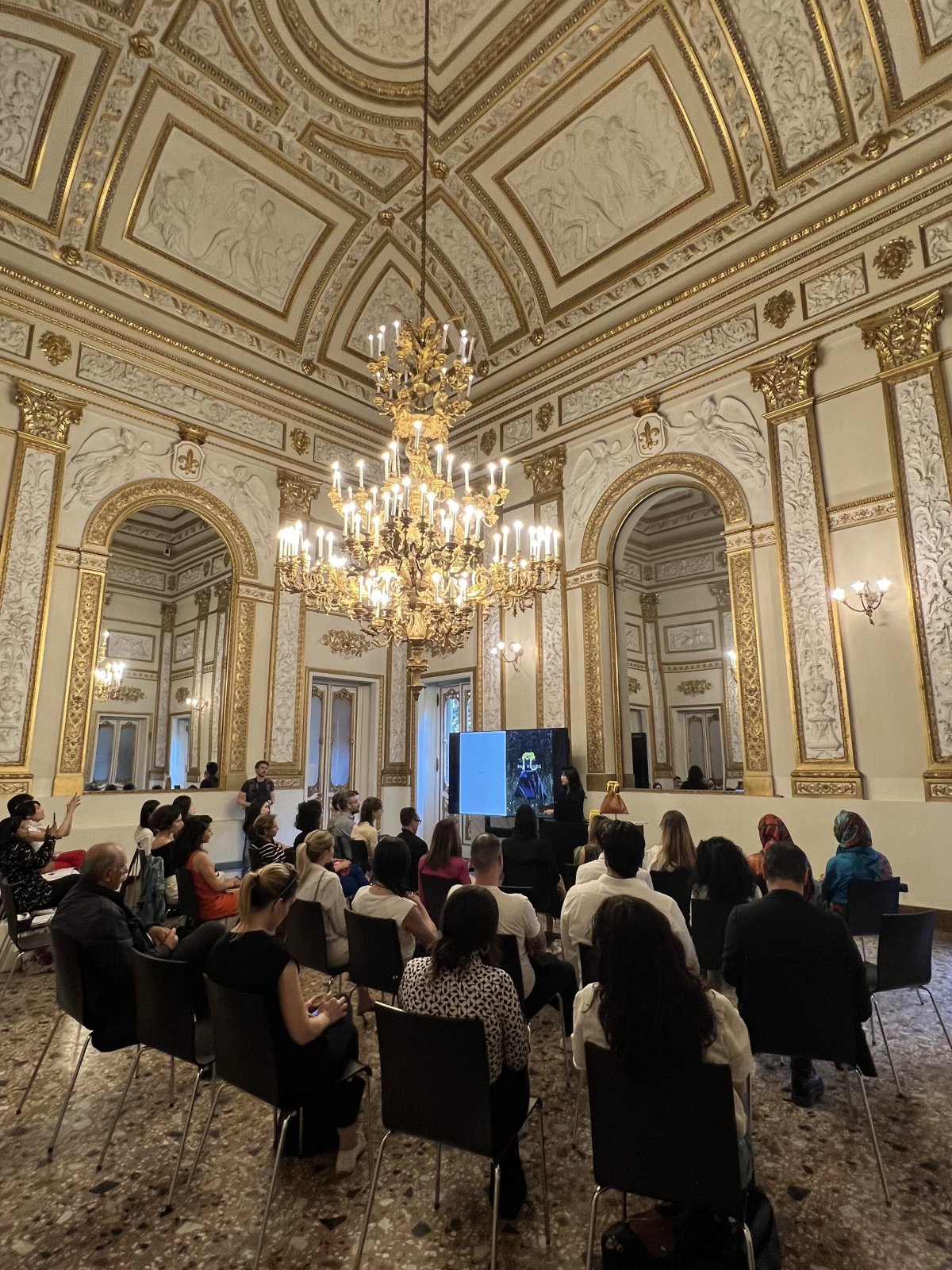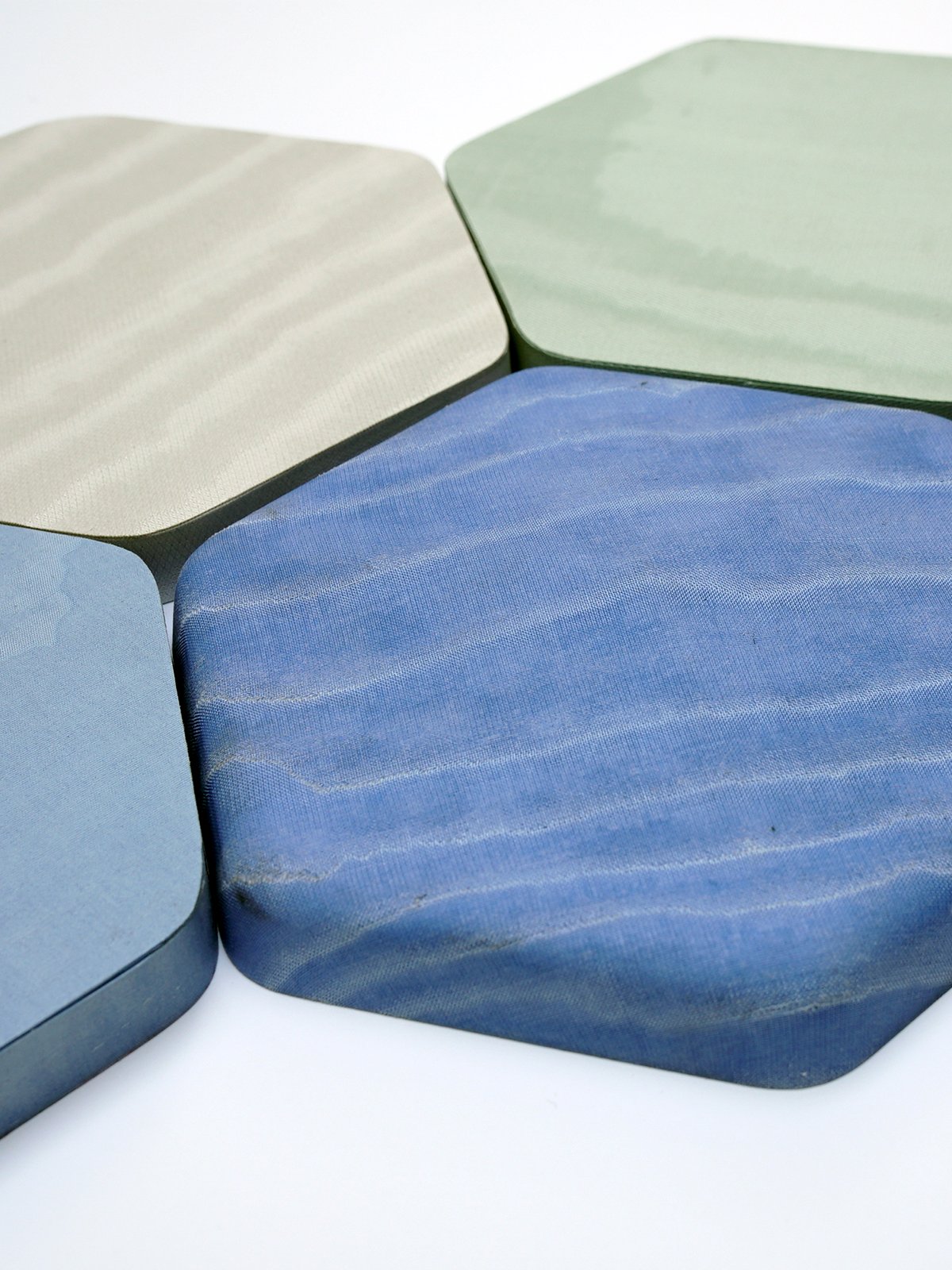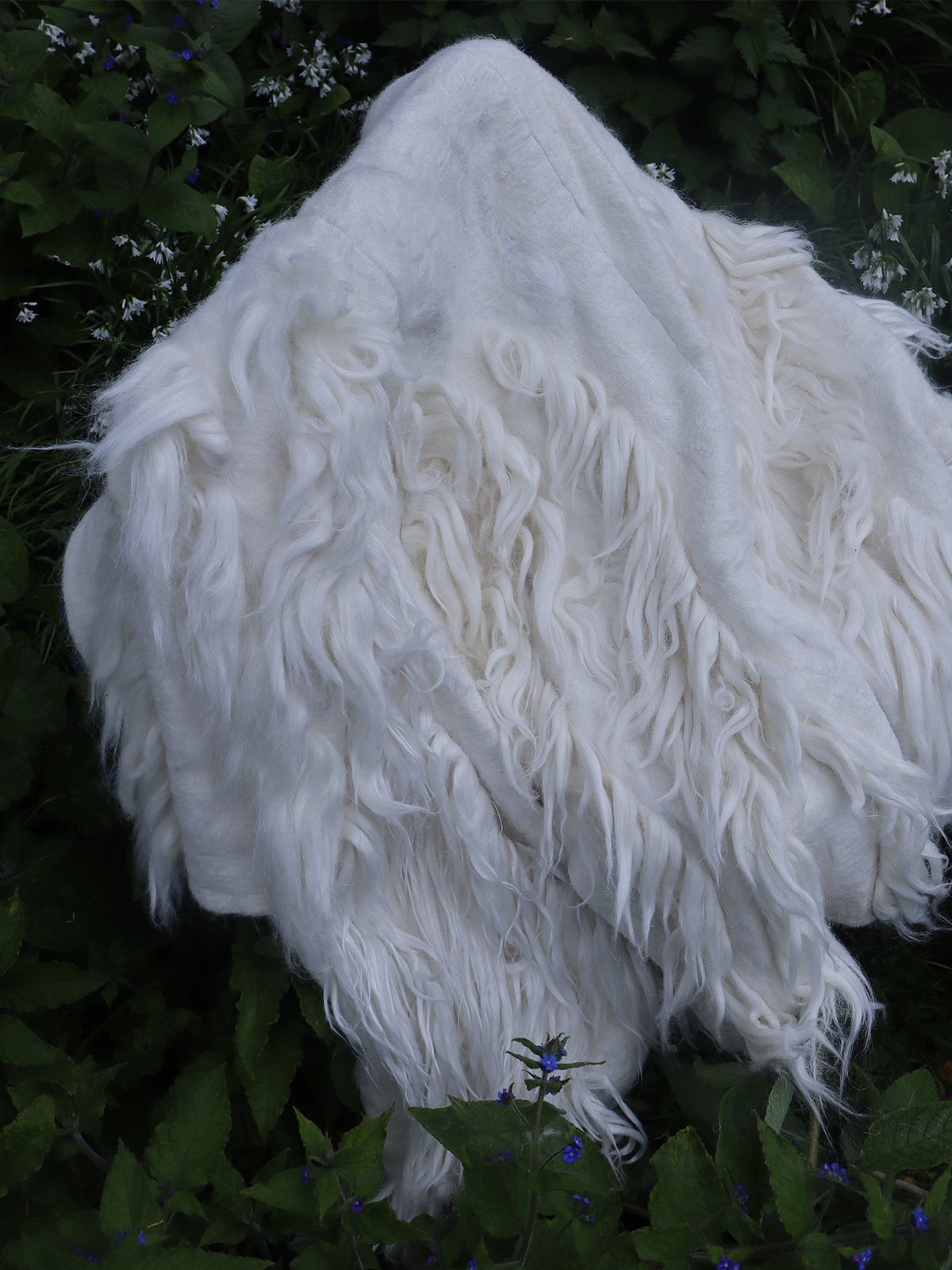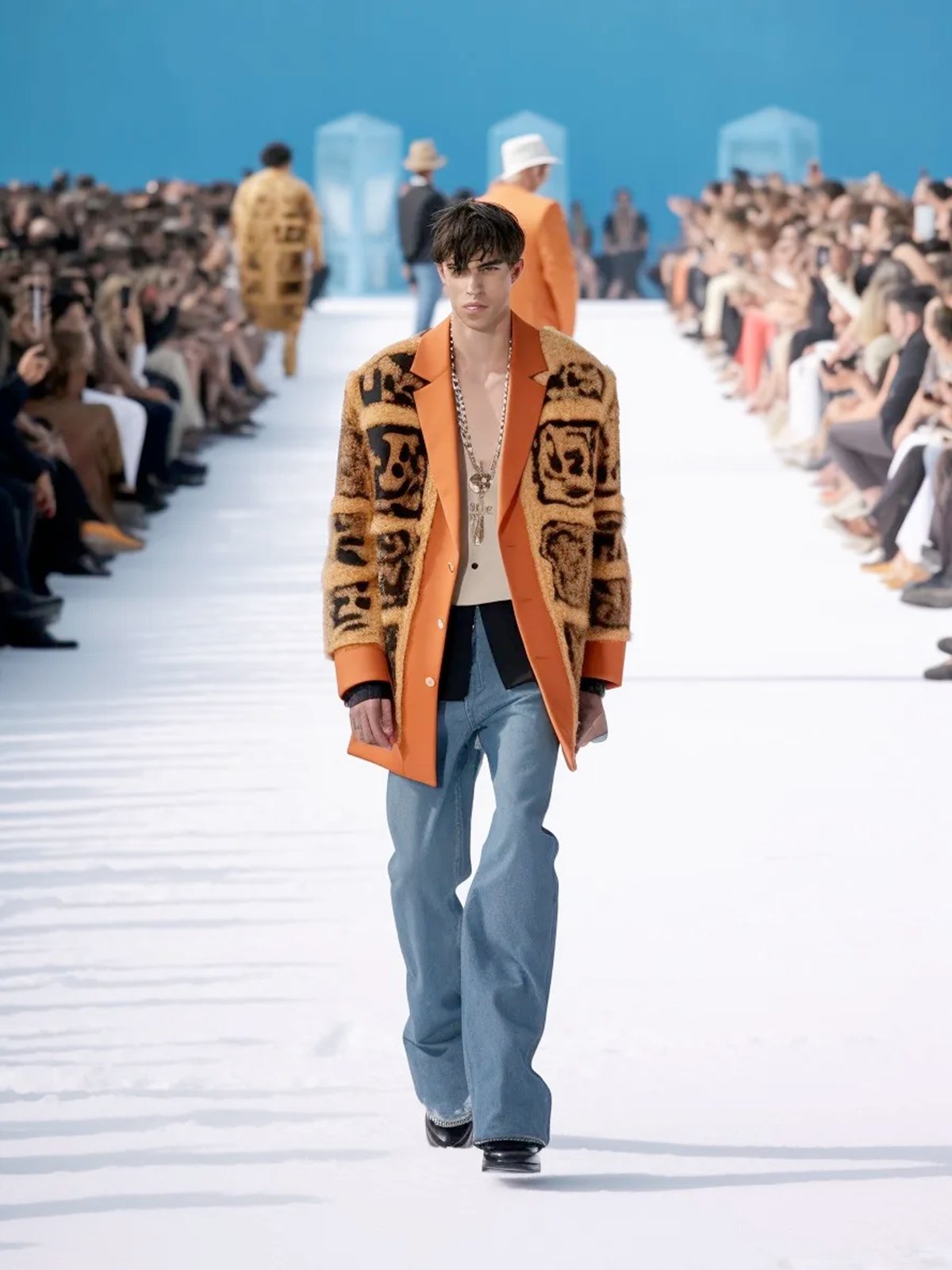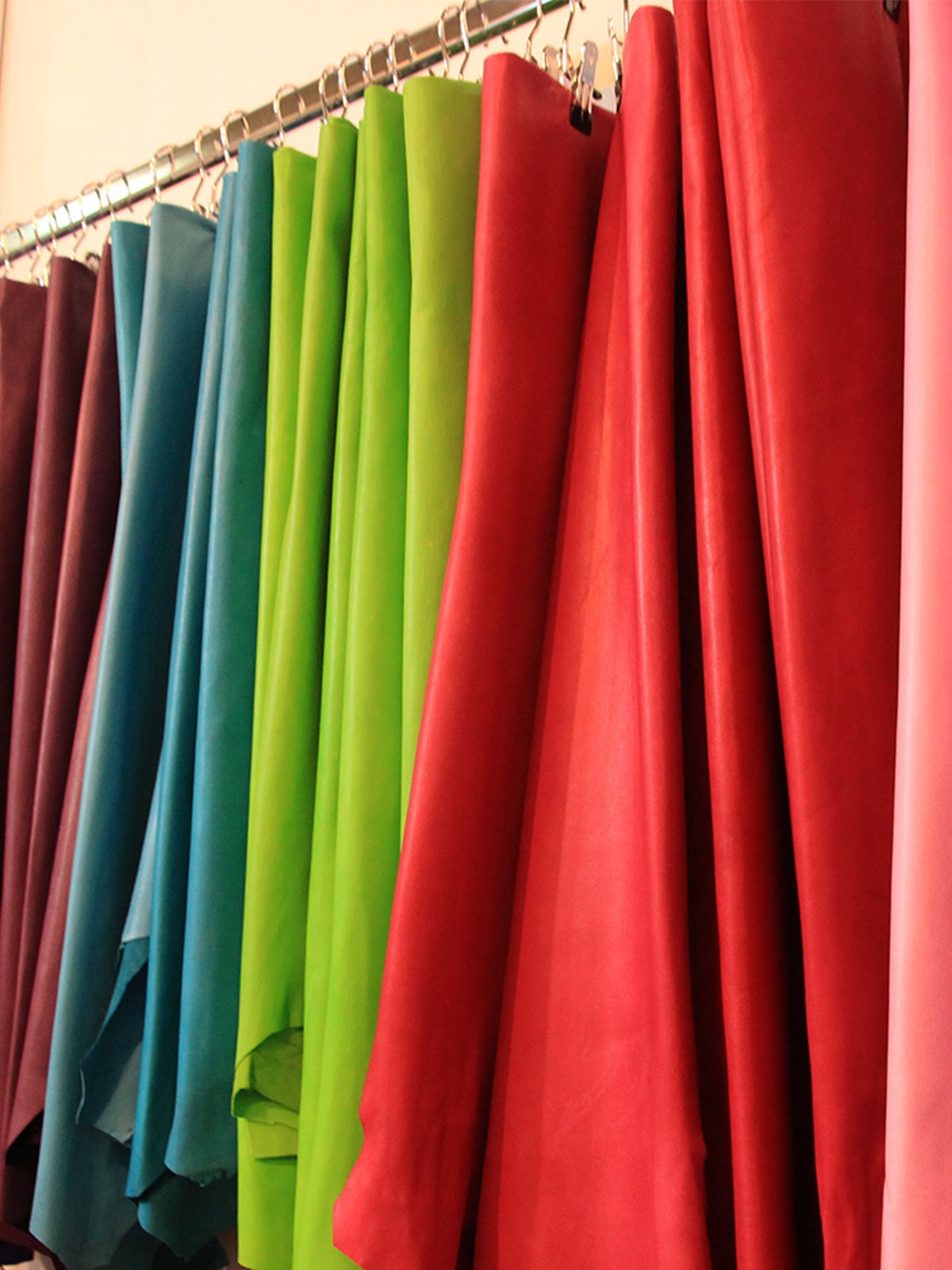News
Kimono, Japanese icon between art and costume
Traditional garment par excellence and, for this reason, the national costume of Japan, the Kimono has a very long history that has made it the most iconic object in the culture of the Rising Sun. Although its very first version derives from the traditional Chinese clothing of the Han people (710 - 784), it was during the Edo period, i.e. from 1603 onwards, that the kimono acquired its shape, which has remained unchanged to this day. Today, as then, there are many styles of kimono, which follow a precise code according to the occasion but also to the age of the wearer.
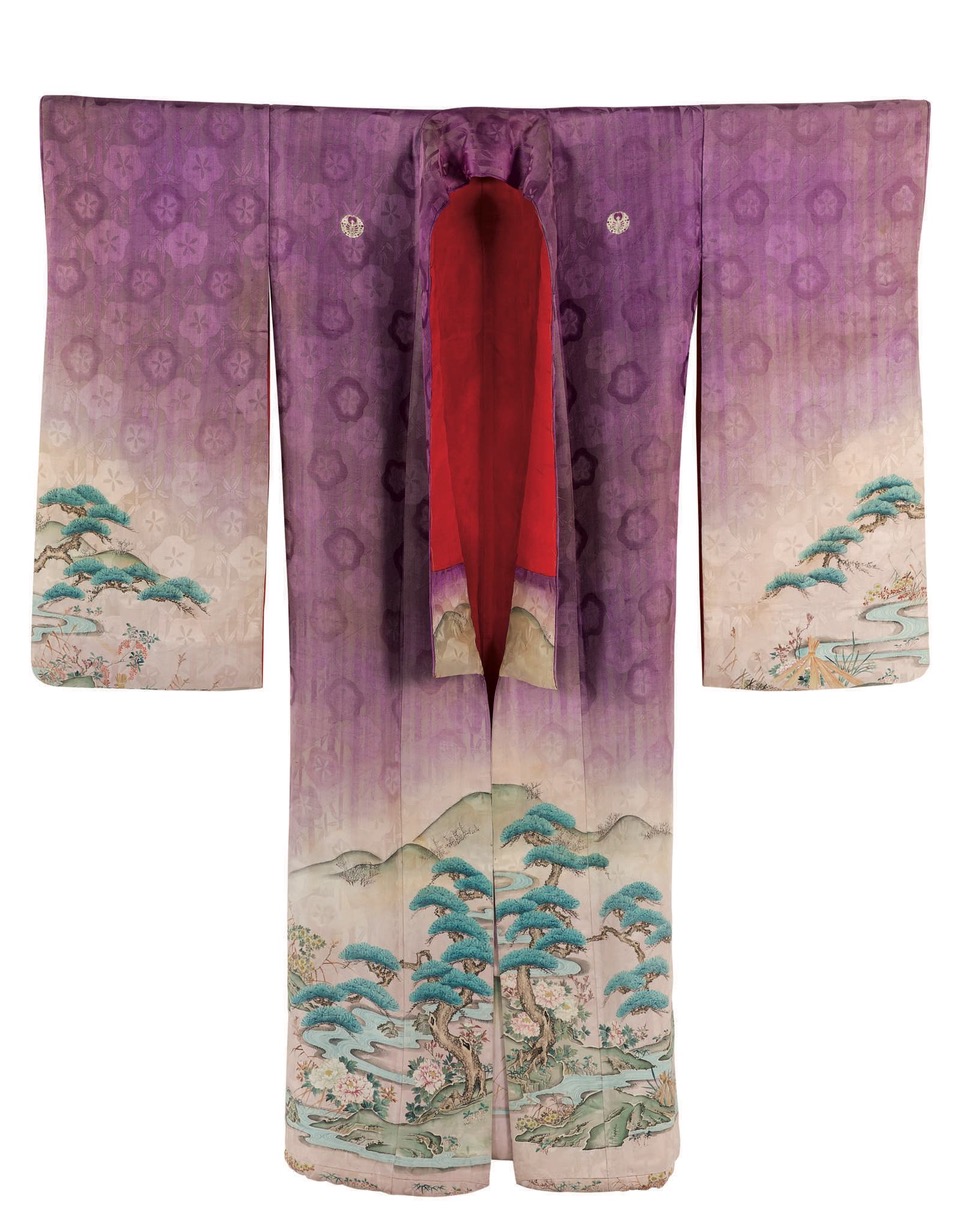
The level of formality of a woman's kimono is given by its shape (mainly sleeve length), design, fabric and also colour. Traditional kimonos are hand-sewn from fine fabrics such as silk or brocade, often made and decorated by hand using a variety of techniques, including yuzen, a type of durable dye made from a rice paste, shibori and hand painting. Men's kimonos, on the other hand, are generally in one shape and almost always in dark colours.
The Museo del Tessuto in Prato has dedicated the exhibition 'Kimono - Reflections of Art between Japan and the West' to this iconic object of Japanese tradition, under the patronage of the Japanese Embassy in Italy. Open until 19 November, the exhibition focuses on the fifty men's and women's kimonos belonging to Lydia Manavello's exclusive private collection, all dating back to the first and second quarters of the 20th century and made of textured, embroidered or printed silk.
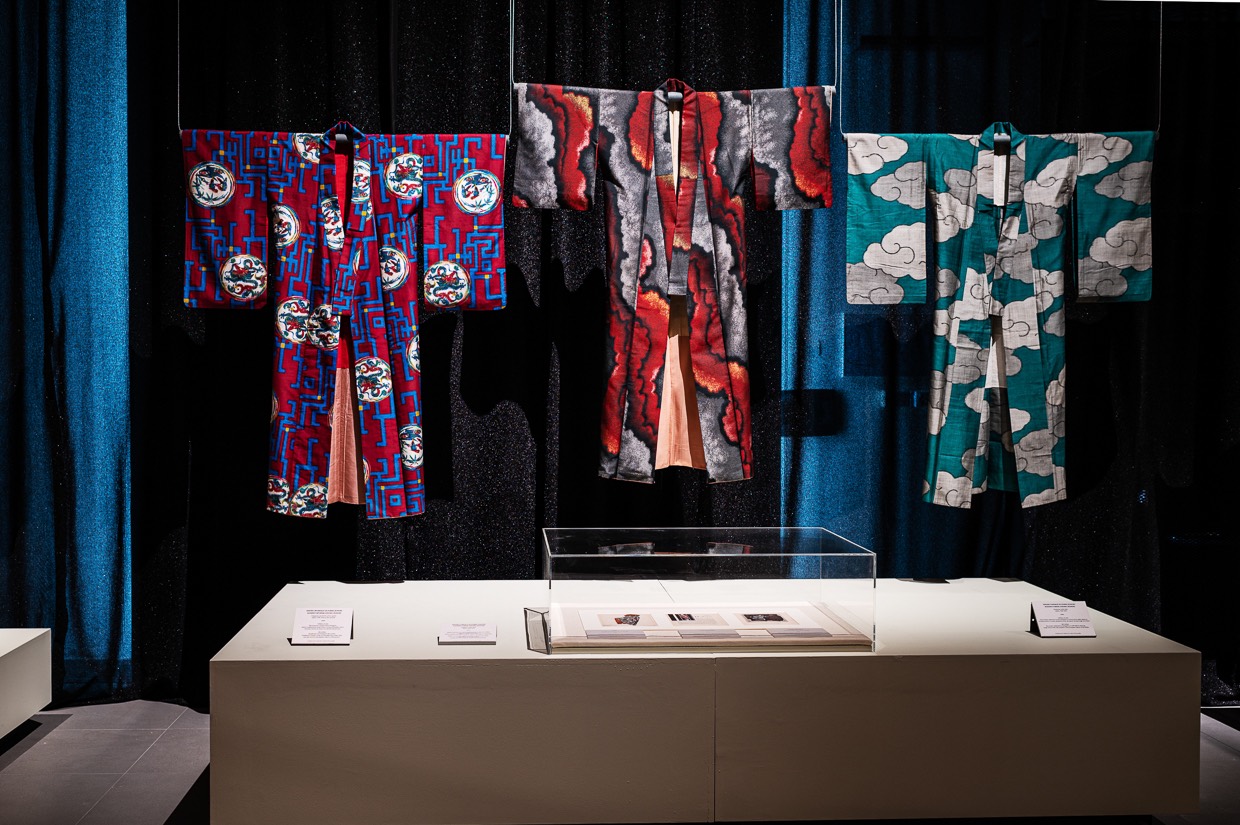
After an initial introduction on the complex traditional textile and decorative techniques (nishiki, yuzen, katagami, kasuri, shibori), here are the kimonos, grouped by subject and decorative motifs, to better understand how traditional Japanese culture drew inspiration from European languages. These include 19 kimonos from the early 20th century that testify to the attraction of stylistic suggestions from European avant-gardes such as Fauvism, the Vienna Secession, Futurism, Cubism and Déco.
